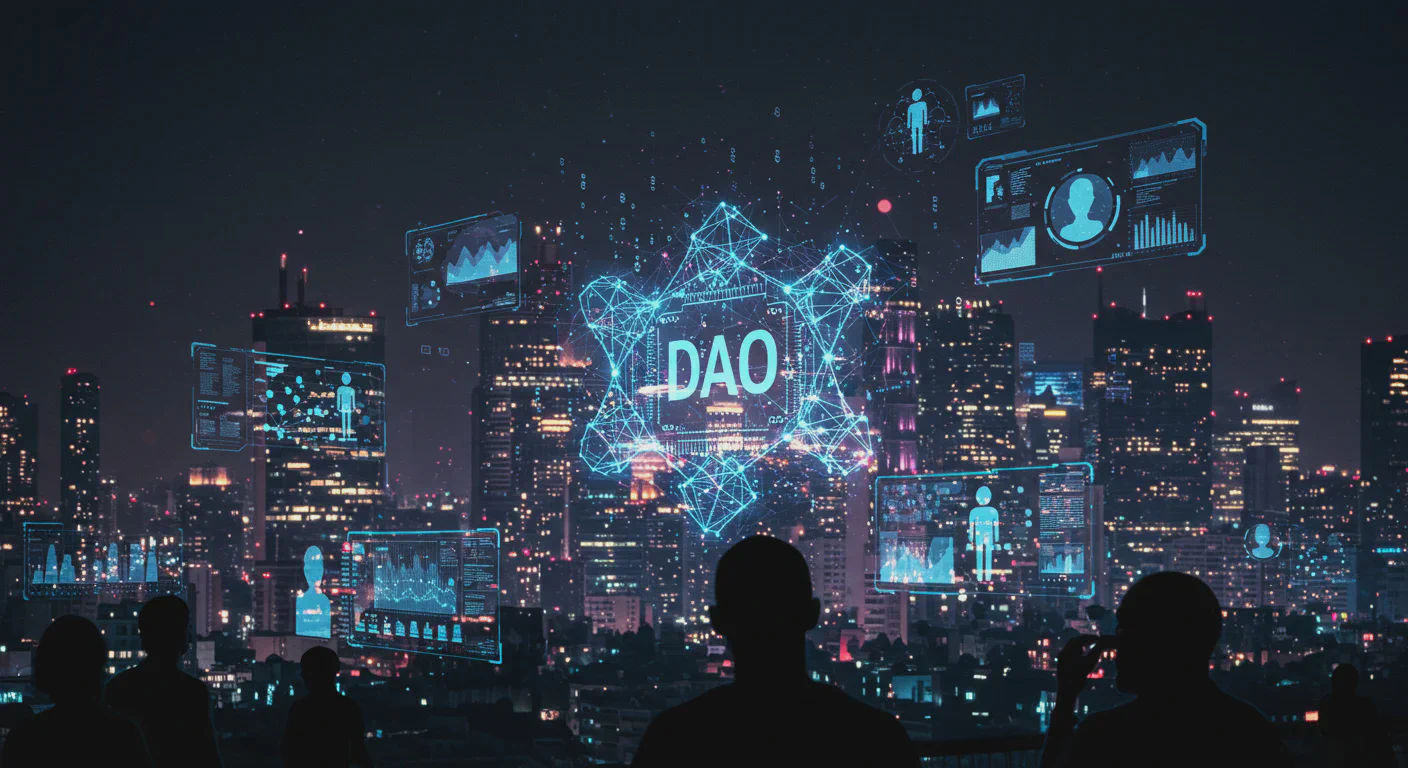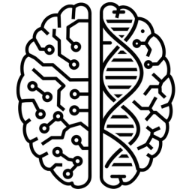The Problem of Centralization#
Centralization, while seemingly efficient, actually increases systems’ vulnerability to abuse, crises, and social exclusion. Since the beginning of the globalization era, we have observed progressive centralization of power in the hands of supranational organizations (EU, WHO, UN, IMF, NATO, OECD, and others).
Main Problems of Centralization#
Concentration of Power and Risk of Authoritarianism
Political centralization promotes systematic limitation of civil liberties.Economic Monopolies and Inequalities
The dominance of large corporations suppresses competition, leading to worker exploitation and deepening social inequalities.Surveillance and Loss of Privacy
Mass collection of personal data by governments (e.g., PRISM program) and corporations enables social manipulation and behavior control.System Fragility
Centralization increases vulnerability to systemic crises - failure of one platform can paralyze global communication, and the collapse of a large bank can shake the entire economy (example: 2008 crisis).Censorship and Disinformation
Centralized control over information flow facilitates manipulation and spread of disinformation.Social Passivity
Loss of sense of influence on reality leads to apathy or radicalization of attitudes.Technological Dependency
Lack of alternatives for key systems (GPS, cloud computing) makes societies vulnerable to cyberattacks and failures.Geopolitical Tensions
Competition for control over strategic resources (semiconductors, AI technologies) intensifies international conflicts.Crisis of Democracy
The influence of lobbyists and disinformation weaken democratic foundations.Social Exclusion
Groups without access to centralized systems lose development opportunities.
All these problems of centralization lead to the biggest problem: people’s lack of trust in organizations.
Solution: Decentralization#
Decentralization is an organizational system where power and responsibility are distributed among many participants. Modern blockchain technology and AI bring new quality to this concept.
Key Advantages of Decentralization#
Resistance to Manipulation and Corruption#
In decentralized systems, similar to Bitcoin, manipulation requires convincing the majority of network participants, which is practically impossible.
Antifragility Theory by Nassim Taleb perfectly describes decentralized systems - they not only resist disturbances but actually grow stronger under their influence. DAO is a classic example of such a system.
Innovation and Adaptability#
Decentralized organizations show greater capacity for innovation through:
- Parallel experimentation
- Natural selection of ideas
- Reduction of entry barriers
Example: Linux, as a decentralized system, develops in many directions more dynamically than its centralized counterparts.
Economic Efficiency#
Decentralization increases efficiency through:
- Reduction of intermediary costs
- Process automation (smart contracts)
- Elimination of central planning inefficiencies
Friedrich Hayek argued that central planning could never match the efficiency of decentralized planning because the information needed for optimal decision-making is dispersed throughout society.
DAO - The Future of Organizations#
Understanding DAO (Decentralized Autonomous Organization) requires looking at it from several key perspectives.
DAO - Basic Definition: A Decentralized Autonomous Organization is a form of organization operating based on transparent rules encoded in smart contracts on the blockchain, where decisions are made collectively by members holding governance tokens.
Smart Contract in DAO context: Self-executing code on the blockchain that automatically enforces organization rules, manages voting, and distributes resources according to members’ decisions.
The process of establishing a DAO requires several key steps:#
- Defining organization’s purpose and structure
- Designing tokenomics and voting system
- Writing and auditing smart contracts
- Distributing governance tokens
- Creating decision-making processes
Fundamental DAO Characteristics#
- Decentralized management through governance tokens
- Complete transparency of actions through blockchain recording
- Process automation through smart contracts and AI
- Collective decision-making
Leading DAO Platforms#
Examples of Functioning DAOs#
- MakerDAO - Pioneer of stable cryptocurrencies
- Uniswap - Decentralized exchange
- Gitcoin - Open-source project support
- ConstitutionDAO - Attempt to purchase the US Constitution
Future Applications of DAO#
City/Region DAO#
Decentralized management of urban resources and services:
- Participatory budget management
- Automatic project verification
- Transparent fund distribution
Decentralized Media#
Community-controlled content management system:
- Membership tokenization
- Automatic creator rewards
- Community-driven development
Collective Resource Management#
DAO managing common resources, e.g., forests, water reservoirs, mines, etc. The system could use:
- IoT sensors for resource monitoring
- Automatic contracts regulating resource usage
- Tokens representing resource usage rights
- Incentive mechanisms for eco-friendly behaviors
Decentralized P2P Mutual Insurance#
P2P - peer-to-peer or user-to-user without intermediaries. This particularly innovative DAO application could work as follows:
- Members pay premiums in stablecoins (currencies pegged to national currencies)
- Smart contracts automatically verify claims
- Community votes on unusual claims
- Surpluses are reinvested or returned to members
Innovative Aspects#
- AI Integration: Algorithms supporting decision-making and proposal analysis
- Dynamic Tokens: Voting rights dependent on reputation and expertise in a given field, which can be verified by AI
- Cross-chain Governance: Managing resources across different blockchains
- Micro-communities: Small, specialized DAOs collaborating in a larger network
- Decentralized social networks
- Meta-DAO managing ecosystem of smaller organizations
Summary#
Today, we already possess tools enabling decentralization of most aspects of social life. A bit of imagination, knowledge, engagement, and social cooperation is enough to shape such a future in which you would want to live.

